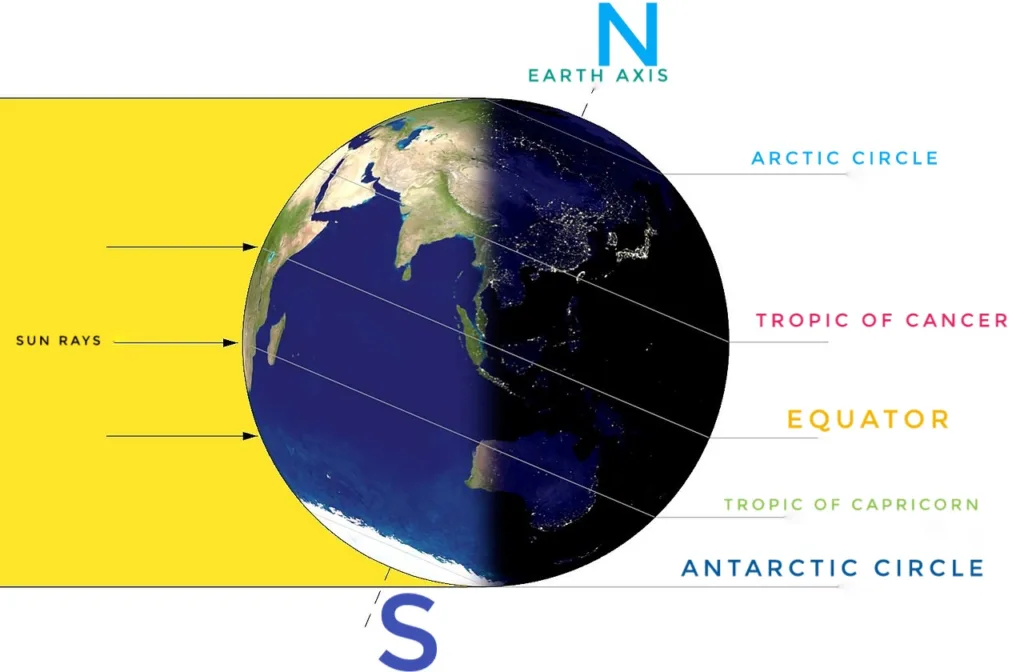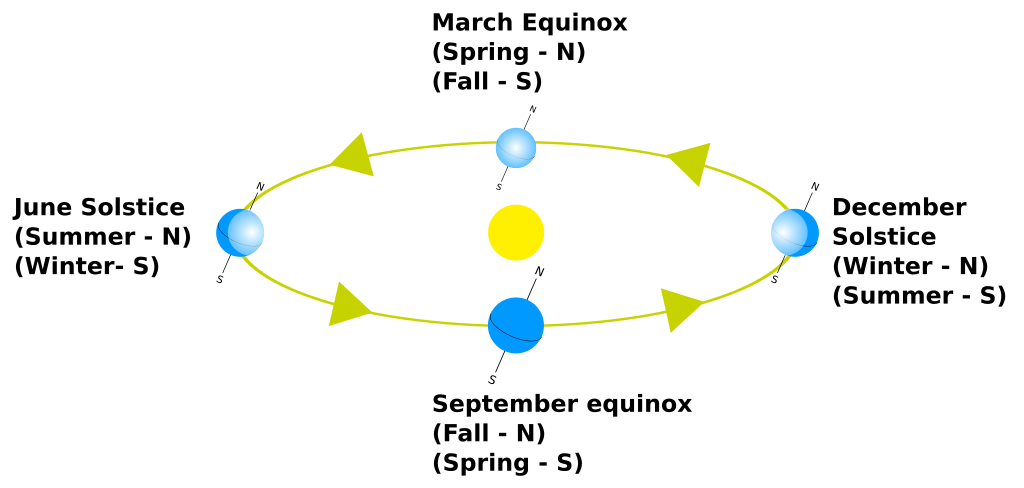Winter solstice 2023: As the joyous holiday season bathes us in radiant lights and excitement, little do we realize that December 21 marks the briefest day of the year, swiftly approaching with the winter solstice.
Let’s delve into the significance of this celestial event for over 6 billion people residing north of the equator. On Thursday, December 21, the Northern Hemisphere will witness this year’s winter solstice, signifying the shortest day and longest night of the year. According to NASA, there are two instances in a year when the “Sun appears farthest north or south of the equator,” depending on our position on this celestial globe.
Due to Earth’s axial tilt, the winter solstice occurs when the Northern Hemisphere is tilted farthest away from the Sun, reaching its culmination at 10:27 PM ET. This simultaneous occurrence in the Southern Hemisphere, experiencing the longest exposure to direct sunlight, marks a spectacle of celestial phenomena.

Is December 21 Truly the Shortest Day of the Year?
For those in the contiguous United States, December 21 becomes the shortest day due to a limited duration of direct sunlight. As per NASA, “locations north of the equator will experience less than 12 hours of daylight, while locations south of the equator will experience more than 12 hours of daylight.”
Why Is It Called the Winter Solstice 2023?
Astronomically, the two solstices mark the commencement of Earth’s winter and summer seasons. The National Environmental Information Center notes that these celestial occurrences, delineated by solstices and equinoxes, are the points where “the Sun is aligned with the Earth’s equator.” In contrast to astronomical seasons, weather-related seasons divide the year into three-month segments based on temperature cycles, showing a closer alignment with our monthly civil calendar.
How Have Humans Recognized the Winter Solstice?
Throughout ancient civilizations spanning thousands of years, the importance of solstices has been recognized. NASA highlights remarkable structures, such as Stonehenge and Toriyama, designed in locations like Machu Picchu in Peru, to trace the Sun’s path relative to Earth. These architectural marvels stand as testaments to humanity’s enduring fascination with and understanding of the celestial dance that is the winter solstice.
What Follows After the Winter Solstice?
Following the winter solstice, from June 20, 2024, the Northern Hemisphere will bask in progressively longer days until the summer solstice. During the bright phase, each day after the solstice will offer more daylight in the Northern Hemisphere.
What is Summer Solstice?

During the Summer Solstice or June Solstice, the sun rises and reaches its farthest point north on your horizon, casting its brilliance closest to the zenith during your local afternoon.
When does it happens?
Solstice isn’t an entire day. Instead, it’s that moment when the sun is at its farthest point north in our sky. In 2024, this celestial event will occur on Thursday, June 20, at 20:51 UTC (3:51 PM CDT).
During this solstice, when viewed from the Tropic of Cancer, the sun will be directly overhead in the afternoon. For us in the Northern Hemisphere, the June Solstice marks the shortest nights and the longest day of the year. Conversely, in the Southern Hemisphere, it symbolizes the longest nights and the shortest day. Following this solstice, the sun will commence its journey back towards the southern direction in our sky.
When is Spring Equinox 2024?
Spring Equinox 2024 falls on Wednesday, March 20, 2024.
What is Spring Equinox?

Also known as March Equinox, is that magical moment (not an event lasting the entire day) when the Sun stands directly above the equator, resulting in nearly equal lengths of day and night. For the Northern Hemisphere, is the juncture marking the end of winter and the commencement of spring, while for the Southern Hemisphere, it signals Spring Equinox the conclusion of summer and the advent of autumn.
Spring Equinox, one of the four days in the year featuring solar events (two equinoxes and two solstices), symbolizes the onset of a new season. The other days are Summer Solstice (beginning of summer), The Fall Equinox (start of autumn), and Winter Solstice (onset of winter).
Autumn Equinox 2024
The Autumn Equinox or September equinox will fall at 12:44 UTC (7:44 a.m. CDT) on September 22, 2024.

